The Task
Our task was to build a structure that could withstand simulated P and S waves. This was done through the shake table. Our building had to be made out of pasta and bluetack. The requirements for the building were that the minimum height was to be 60cm, be able to stand on a base of 30cm x 30cm, and the top must be able to fit a 5cm x 5cm square. We also had to stay under a budget of $60, with each gram of blue tack and a piece of pasta costing $1 each. Ultimately, the goal was to make a structure out of blue-task and pasta that could meet these requirements and withstand simulated P and S waves.

Earthquakes Are Devasting
Brainstormed/Researched
We brainstormed what we thought would make a building stable. The first part was to do a 50-min test run to build our building. The building we created withstood the best. It was double-framed because we thought it would make it more stable. Apart from that, there were not many other features.
This is important because earthquakes are abundant today. Understanding key features of real-world buildings are making a model of it with pasta and blue tack will help us to understand the science behind earthquakes and how to reduce damages caused by them. If we can understand this, we have a greater chance of staying safe during earthquakes. We also learn more about the Earth itself and its processes.
Our first step in this assignment was to research features of earthquake buildings we could implement in our own facility. We decided to look at the Transamerica Pyramid. This is a building in San Francisco that can resist vertical and horizontal seismic waves. Key design features in it that we took inspiration from are a triangular base, cross-bracing, and lateral stiffness.
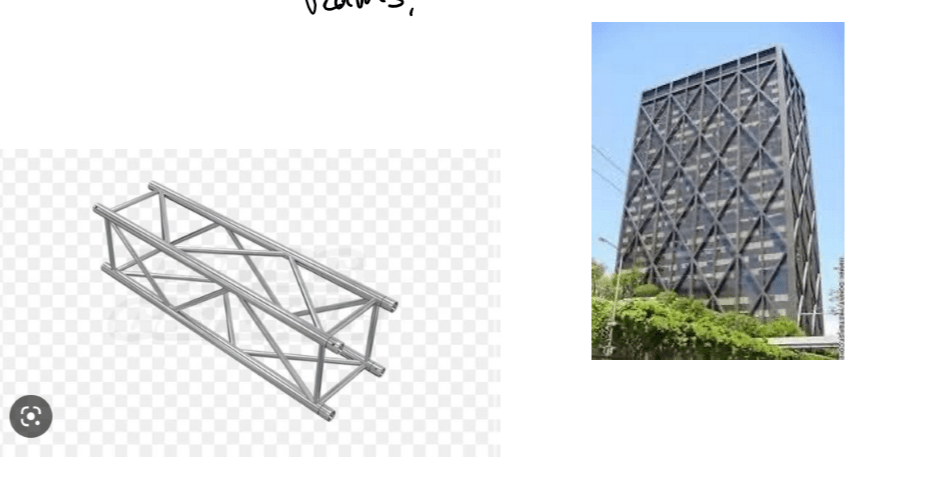
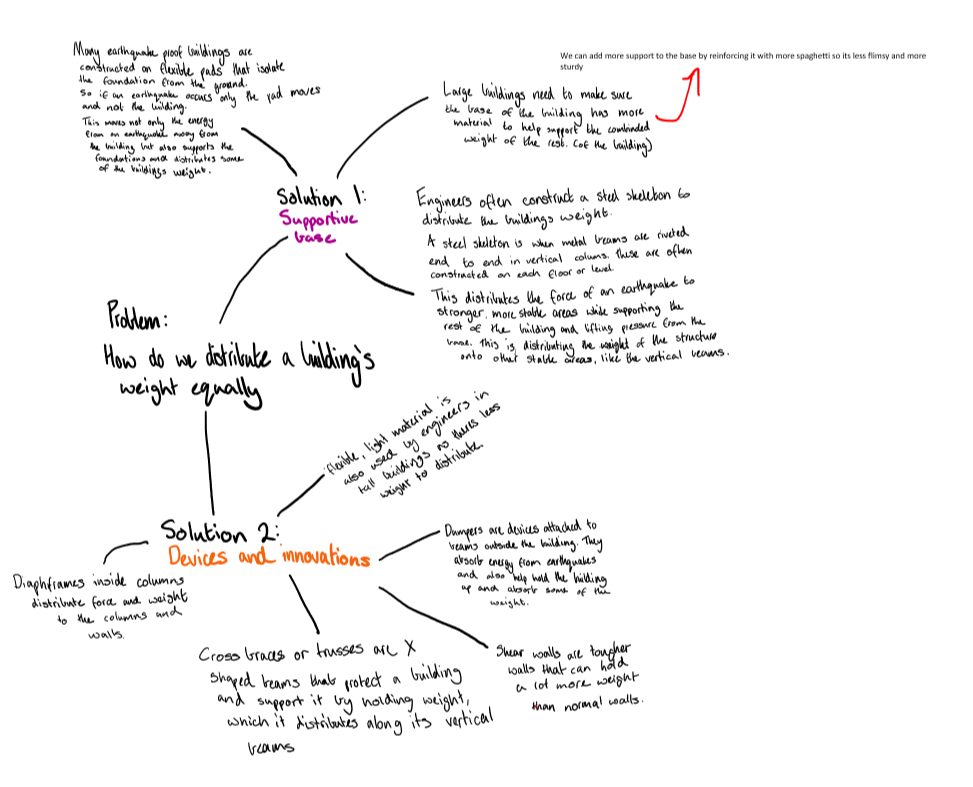
Designing
We decided to put these in our structure. Our structure’s base was a triangle. This is because triangles are scientifically proven to be a stable shape. We would build up our structure around this base shape. Another idea we had was that the framing would all be cross bracing. This allows us to distribute the weight across the building equally. We also really needed to ensure that our building had lateral stiffness. If a building has equal lateral stiffness, when it is rocked from side to side the energy will dissipate without placing too much pressure on one area. Our group is going to achieve this by adding extra support to the beams and increasing the size of the cross sections and trusses. These were the main design features we got from our research.
We designed a structure and labelled it. We decided to use this for the final design. The only change we made was that we didn’t need to previously planned central support beam. This was because there was a limited amount of pasta we could afford. We also realised that our building was stable without it. Apart from that, we basically followed our initial design.
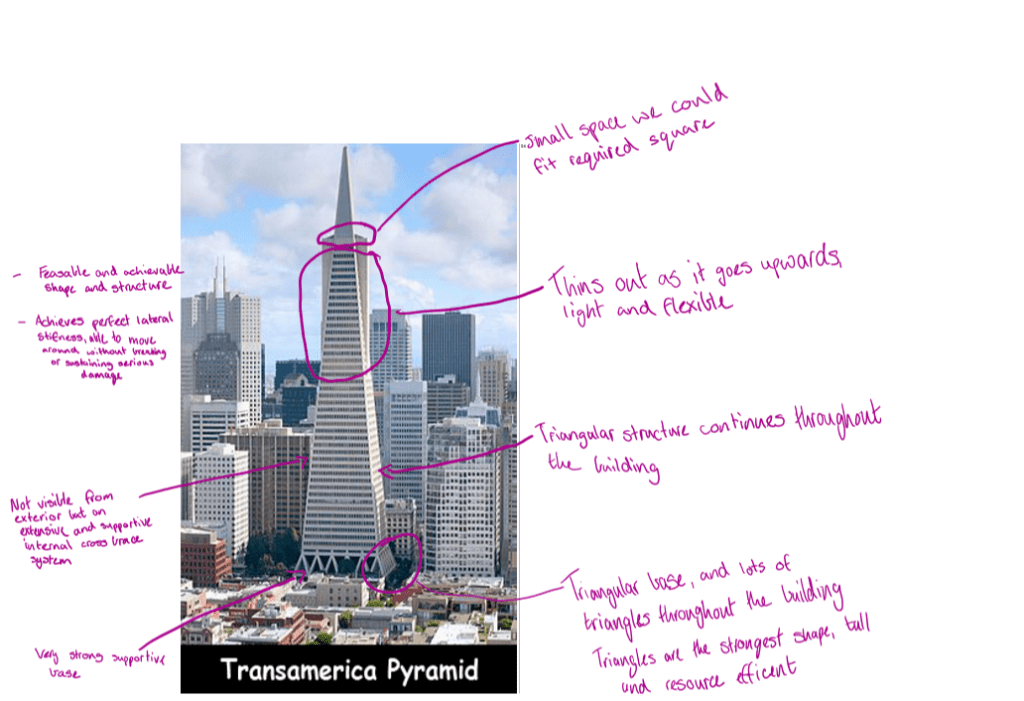
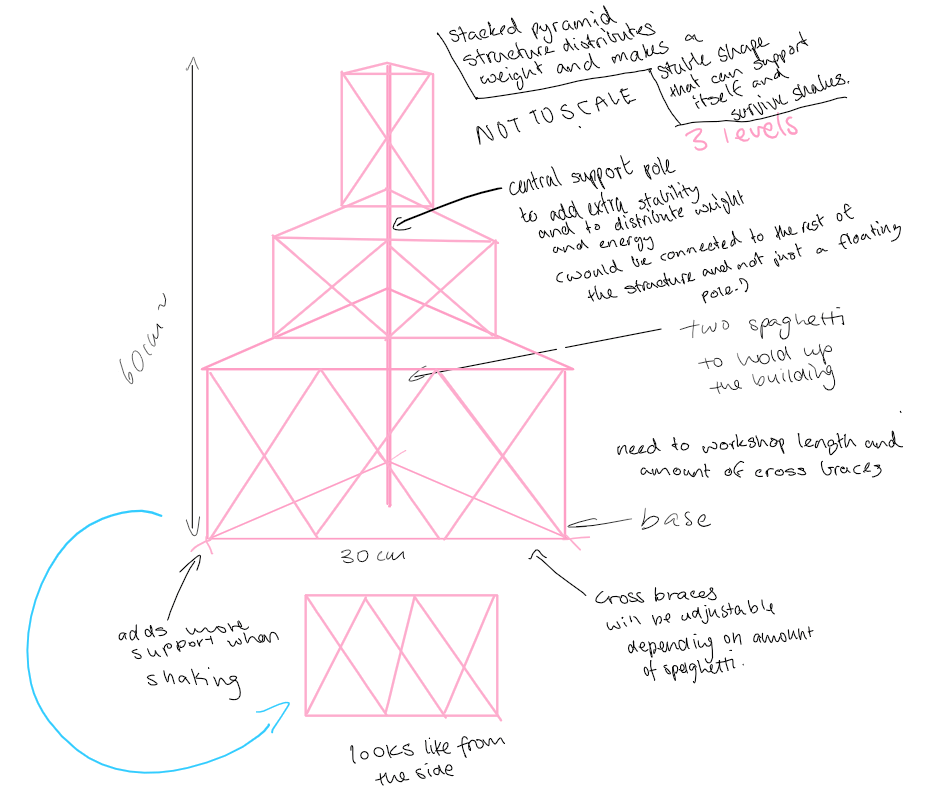
Teamwork/Testing
Our group communicated effectively, sharing the workload fairly. We were working together on the project every other night. Together, we wrote answers to the STILE questions but also improved and edited them. We made a budget together as well. I think having responsible and hardworking team members made this project much easier. Everyone had their own unique ideas that eventually led to making a successful structure.
While we did not spread out roles specifically, some people were in charge of several questions. They would write their answers and others would edit it and put some input in. This is how we flowed for most of the project. I think it was very effective.
The moment our building was complete, we put it to the test. When the shake table simulated P and S waves, our building managed to remain intact and standing. It was very stable and barely shook at all. Only a small part of the spaghetti became loose during a simulation of surface waves but it didn’t impact the building at all. We managed to reach all the expected criteria apart from the minimum height. This was because our roof ended up being slanted. While the top part reach 65cm, the bottom was a cm off. This was an easy fix, however, and we adjusted the top after the test. Apart from that, all expected criteria were met.
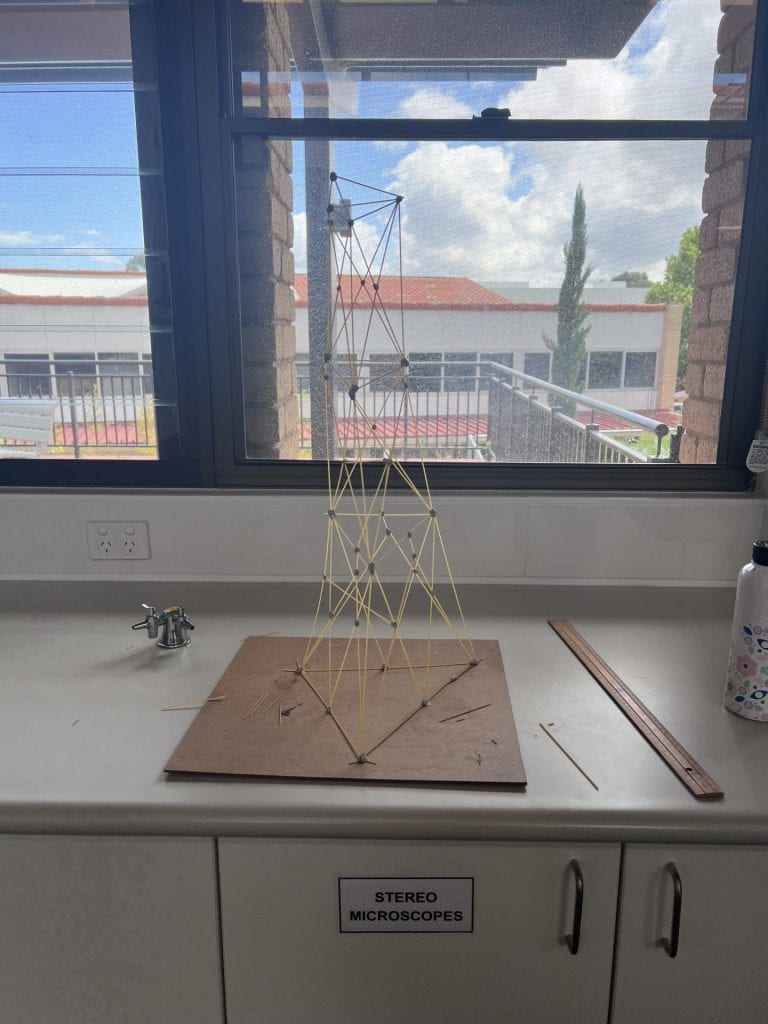
Conclusion
This project was very fun and engaging. It also taught me a lot about how buildings resist seismic energy. It was a good chance to also sharpen my teamwork skills. This Spaghetti Engineering Challenge was a great challenge that ended with a huge success for our group.